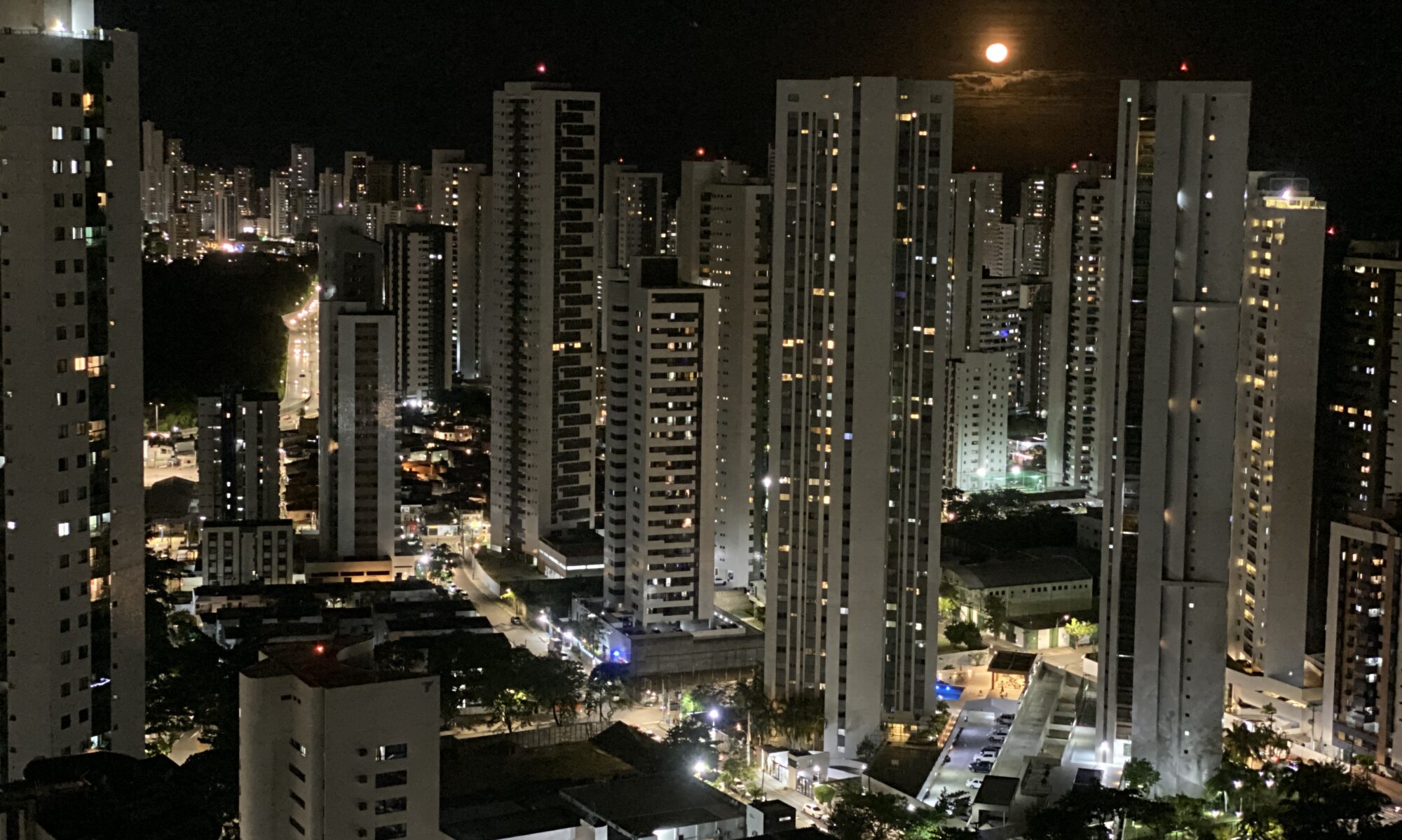
Right on the sub-equatorial zone, between the Amazon Forest and the Atlantic Forest, are found the “caatingas” of the Brazilian Northeast. They cover around 700 thousand km2, approximately 10% of the national territory. The climate is semi-arid, with average annual temperatures comprised between 27ºC and 29ºC, and with pluviometrical averages inferior to 800 mm. The “caatingas’ climatic rigidity is conferred especially by the irregularity in the distribution of those rains in time and space. The superficial drainage is intense, since the soils are shallow and situated over crystaline rocks. The rivers are intermittent, that is, they run only during the rainy season, having their courses interrupted during the dry season. The typical “caatinga” landscape consists of extensive inter-plateau and inter-mountain plains, which involve and interpenetrate higher residual massifs. The vegetation is xerophytic, deciduous and open, well adapted to withstand the lack of water.
The “caatinga’s” most common landscape is the one it presents during the drought. Despite the dry aspect of the plants, they are all alive; they have only lost their leaves, in order to endure the lack of water. Even during the drought, the animal life is also rich and diversified. However, it is after the rains that the animal and vegetable diversity of the “caatingas” becomes evident. The plants flower and the animals reproduce, leaving descendants which already have adaptations to endure the next long drought period.

